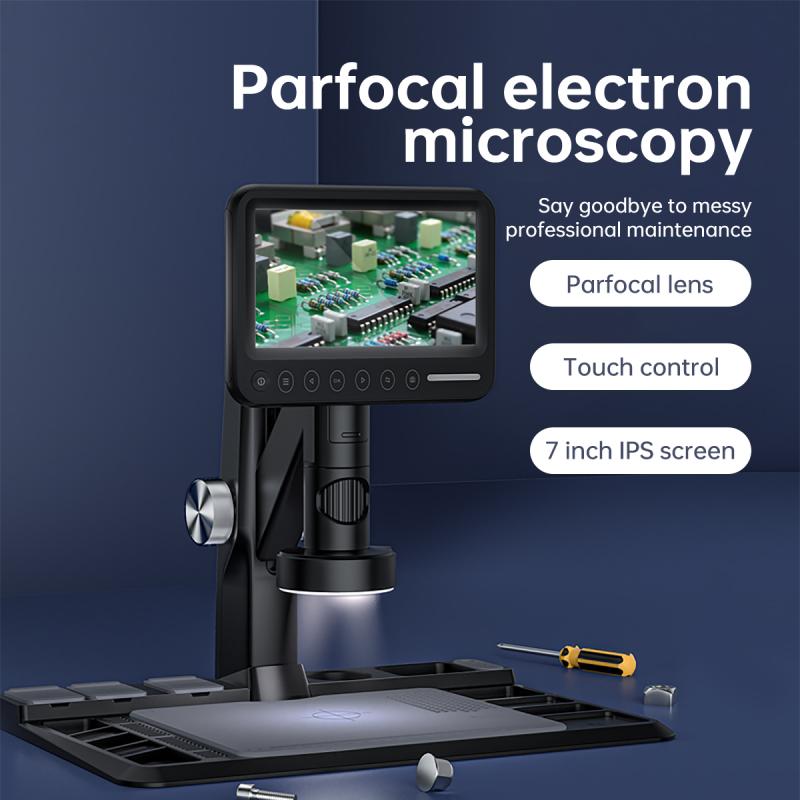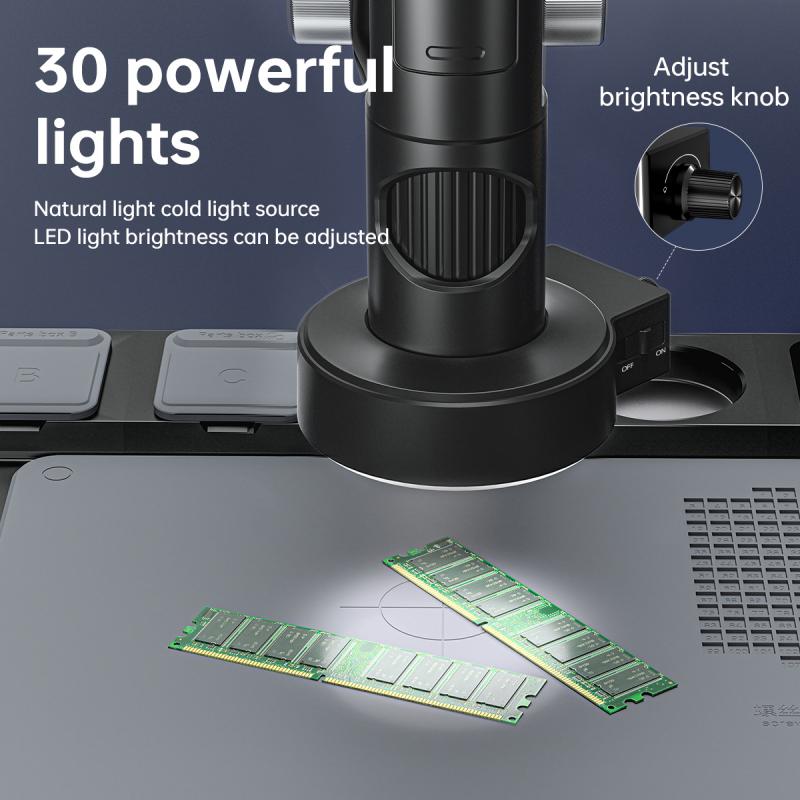What Cells Can You See Without A Microscope ?
The cells that can be seen without a microscope are typically larger in size and can be observed with the naked eye. Examples include chicken egg cells, plant cells, and some types of human cells such as muscle cells and fat cells.
1、 Human skin cells
Human skin cells can be seen without the aid of a microscope. The skin is the largest organ in the human body and is composed of several layers of cells. The outermost layer, known as the epidermis, is made up of squamous epithelial cells. These cells are flat and scale-like in shape, and they form a protective barrier against the external environment.
The epidermis also contains melanocytes, which are responsible for producing the pigment melanin. Melanin gives color to the skin and helps protect it from the harmful effects of ultraviolet (UV) radiation. The distribution and activity of melanocytes determine an individual's skin color.
Beneath the epidermis lies the dermis, which is composed of connective tissue. The dermis contains various types of cells, including fibroblasts, which produce collagen and elastin fibers that give the skin its strength and elasticity. Blood vessels, nerves, and immune cells are also present in the dermis.
While these skin cells can be seen with the naked eye, it is important to note that a microscope is often used to examine skin cells in more detail. Microscopic examination allows for the identification of specific cell types, the detection of abnormalities or diseases, and the evaluation of cellular structures and functions.
In recent years, advancements in imaging technology have allowed for the visualization of skin cells at a higher resolution without the need for a microscope. Techniques such as confocal microscopy and reflectance confocal microscopy provide detailed images of skin cells and structures, aiding in the diagnosis and monitoring of various skin conditions.
In conclusion, human skin cells, including squamous epithelial cells, melanocytes, and fibroblasts, can be observed without a microscope. However, the use of microscopy techniques can provide a more in-depth understanding of these cells and their functions.

2、 Onion cells
Onion cells are one of the few types of cells that can be seen without the aid of a microscope. The onion bulb is composed of layers of cells, and when a thin slice of onion is placed under a microscope, these cells become visible. Each onion cell is a plant cell, which means it has a cell wall, cell membrane, cytoplasm, and a nucleus.
The cell wall of an onion cell is made up of cellulose, providing rigidity and support to the cell. The cell membrane, located just inside the cell wall, controls the movement of substances in and out of the cell. The cytoplasm fills the cell and contains various organelles, such as mitochondria, which produce energy for the cell, and chloroplasts, which are responsible for photosynthesis in plant cells.
The nucleus, often located near the center of the cell, contains the genetic material of the cell in the form of DNA. It controls the cell's activities and is essential for cell division and growth.
It is worth noting that while onion cells can be seen without a microscope, the level of detail visible is limited. Microscopes allow for higher magnification, enabling scientists to study cells in greater detail and observe structures that are not visible to the naked eye.
In conclusion, onion cells are one of the few types of cells that can be seen without a microscope. They provide a basic understanding of plant cell structure, but to delve deeper into cellular processes and structures, a microscope is necessary.

3、 Cheek cells
Cheek cells are one of the few types of cells that can be seen without the aid of a microscope. These cells are the epithelial cells that line the inside of our cheeks and are easily visible to the naked eye. By gently scraping the inside of the cheek with a clean cotton swab or the edge of a toothpick, one can collect a sample of these cells and observe them under a simple magnifying glass or even just with the naked eye.
Cheek cells are flat, irregularly shaped cells that are tightly packed together. They have a distinct nucleus, which appears as a dark spot in the center of the cell. The cytoplasm, the jelly-like substance that fills the cell, can also be observed. With a higher magnification, one may even be able to see some of the organelles within the cell, such as mitochondria or Golgi apparatus.
It is important to note that while cheek cells can be seen without a microscope, the level of detail that can be observed is limited compared to what can be seen under a microscope. Microscopes allow for higher magnification and resolution, enabling scientists to study cells in much greater detail. However, for basic observation and educational purposes, cheek cells provide a simple and accessible way to introduce the concept of cells to students or curious individuals.
In recent years, there have been advancements in technology that allow for the visualization of cells using smartphones and portable microscopes. These devices can provide higher magnification and image quality, making it easier to observe cheek cells and other types of cells without the need for a traditional microscope. This has made cell observation more accessible and convenient for educational purposes or personal curiosity.

4、 Elodea leaf cells
Elodea leaf cells are a type of plant cells that can be seen without the aid of a microscope. Elodea is a common aquatic plant that is often used in biology classrooms for studying plant cells. The cells of an Elodea leaf are relatively large and can be easily observed under a light microscope.
When observing Elodea leaf cells, one can see various structures and organelles within the cells. The cells have a distinct rectangular shape and are arranged in a regular pattern. The cell walls are clearly visible, providing support and protection to the cells. Inside the cells, one can observe the green chloroplasts, which are responsible for photosynthesis. These chloroplasts contain chlorophyll, the pigment that gives plants their green color.
Additionally, the central vacuole can be seen within the Elodea leaf cells. The vacuole is a large, fluid-filled organelle that helps maintain the cell's shape and stores various substances such as water, nutrients, and waste products. The nucleus, which contains the genetic material of the cell, is also visible.
It is important to note that while Elodea leaf cells can be seen without a microscope, the level of detail that can be observed is limited. To study the finer structures and organelles within the cells, a higher magnification provided by a microscope is necessary. Microscopes allow scientists to delve deeper into the intricate world of cells and explore their functions and interactions in greater detail.























![Supfoto Osmo Action 3 Screen Protector for DJI Osmo Action 3 Accessories, 9H Tempered Glass Film Screen Cover Protector + Lens Protector for DJI Osmo 3 Dual Screen [6pcs] Supfoto Osmo Action 3 Screen Protector for DJI Osmo Action 3 Accessories, 9H Tempered Glass Film Screen Cover Protector + Lens Protector for DJI Osmo 3 Dual Screen [6pcs]](https://img.kentfaith.de/cache/catalog/products/de/GW41.0076/GW41.0076-1-200x200.jpg)















